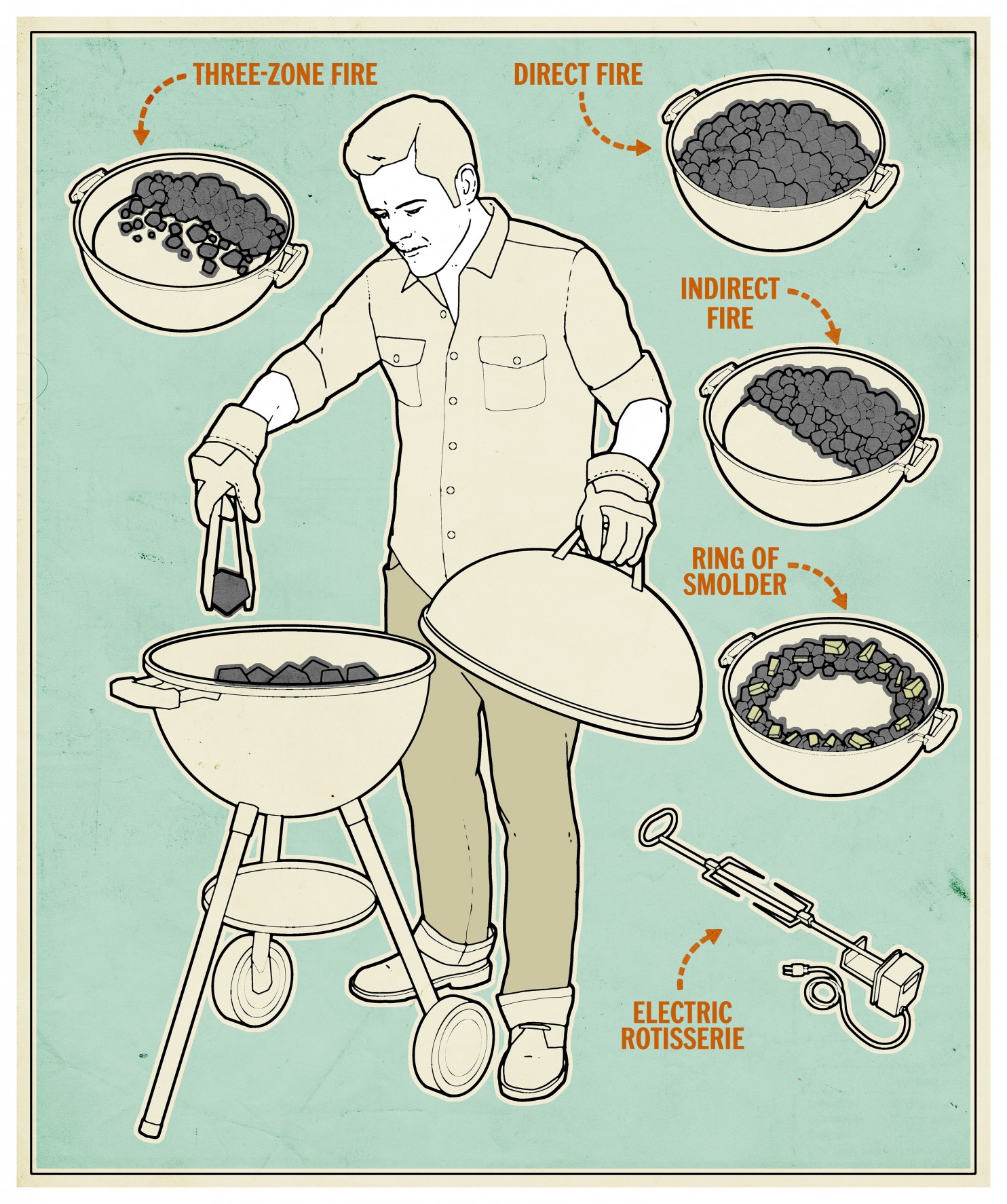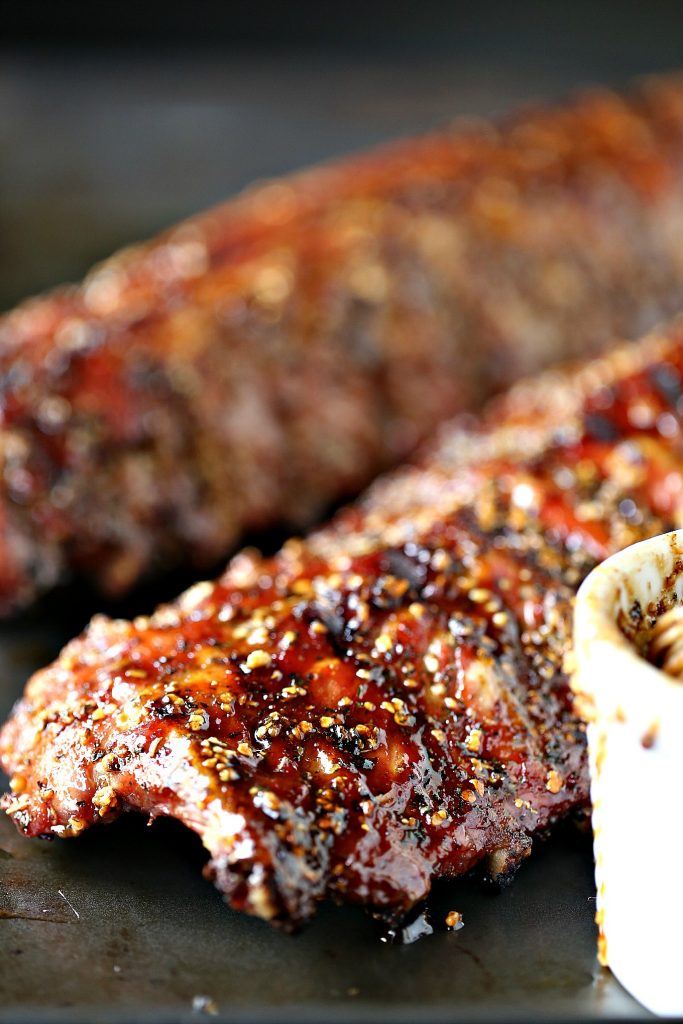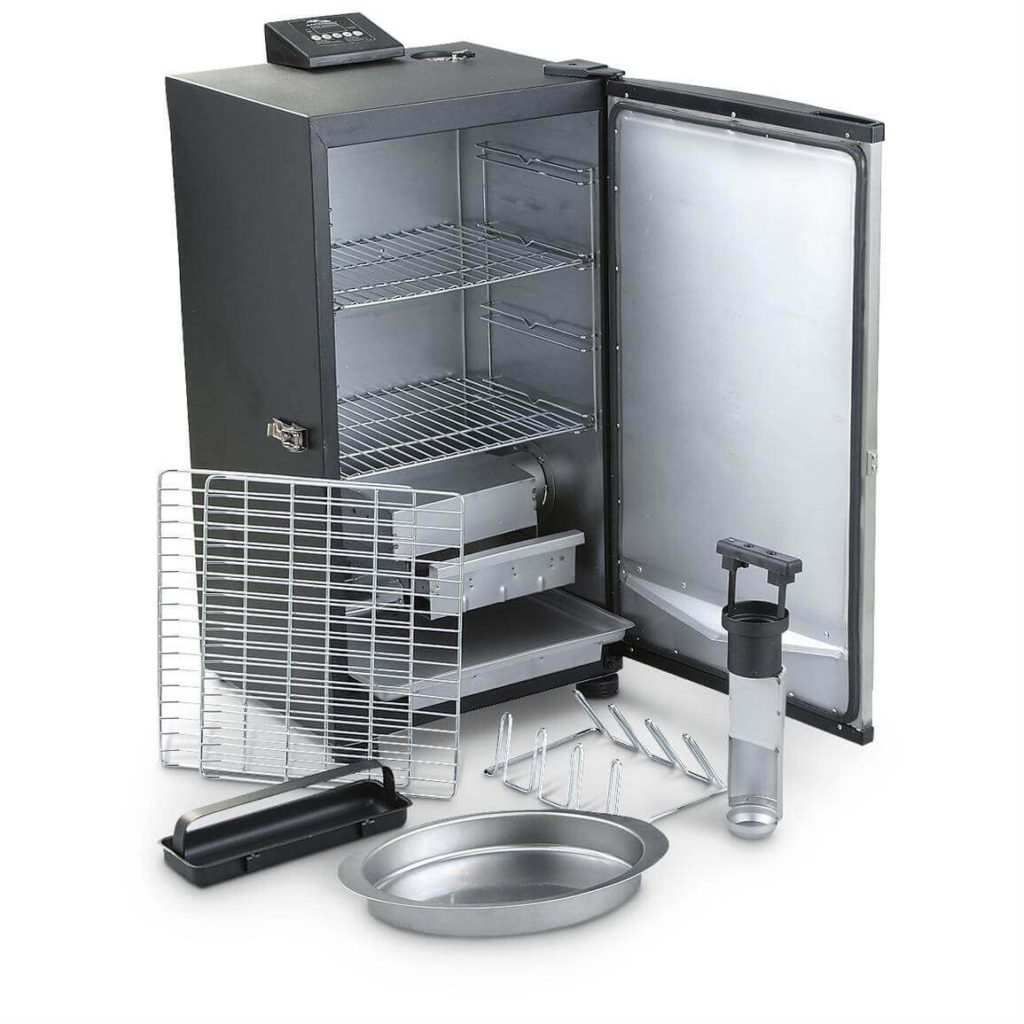
Indirect grilling has the advantage of slow cooking. Indirect grilling concentrates heat on one side of food. This type of cooking is best suited for delicate or long-cooked foods that don't require a high temperature. These are some helpful tips for choosing the right meat type. Continue reading to find out more about indirect cooking and the best food it can be used for.
Indirect grilling has a number of advantages. It requires more heat than direct cooking, but the food will be cooked more evenly and thoroughly. Indirect grilling also has the benefit of lingering flavors from the smoke. Indirect grilling leaves no unpleasant odors unlike direct grilling. Indirect grilling preserves the natural flavors of the food. This makes it the best choice for delicate or small food that takes at least 25 mins to cook.

If you have a slow cooker and need to cook food quickly, indirect grilling is an option. It's an excellent way to get traditional grill marks without needing to carefully watch the food. This method works best for quick and easy ingredients that don't require long or prolonged cooking times. It is vital to pay attention to your grill as you cook. To ensure that the meat is cooked perfectly, allow it to rest for a couple of minutes before you serve.
Direct grilling takes longer and requires more frequent supervision. To ensure the food cooks to the right temperature, you must rotate it frequently. You should also use a meat thermometer for checking the meat's internal temperature. A thermometer is essential for indirect grilling to get the best results. This method will give you the smoky taste you crave without burning it.
Indirect grilling works well with larger foods, and can be used in smaller kitchens. For best results, indirect grilling should be used with larger foods that are able to be heated at low to mid temperature. It is recommended that you use a drip plate to collect any fats or juices. For barbecue enthusiasts who don't want quality sacrificed, indirect grilling is a good choice.

Direct grilling is great for all types of food. You can use different types or fuels, and it's less expensive than gas grilling. Direct grilling can be done with either charcoal or gas. Indirect grilling is best suited for home-made appliances. The benefits of indirect grilling outweigh any disadvantages.
FAQ
Where can I purchase high-quality kitchen equipment
You can buy high-quality kitchen gear online. All kitchen tools can be purchased online at a number of sites. Before you purchase any kitchen equipment, ensure that you have read all reviews and rated it before buying. You can ask others who have the same items for their recommendations.
Is there a difference in a chef and a cooker?
A chef prepares food to be served to others. A cook prepares food for himself or herself. Both jobs require the preparation of food. However, chefs work directly with their customers. They may need to make decisions about what they will serve to their guests based upon their preferences. A cook does not interact with customers. Instead, a cook makes sure the food tastes good before delivering it to customers.
How can you get motivated to cook well?
When you cook with your family and friends, cooking is enjoyable. Cooking for yourself is much more enjoyable than cooking for others. If you want to be motivated to cook, try making something new. You will be able to learn new techniques and ingredients. You can also use recipes from other cultures to increase your culinary knowledge.
Statistics
- under 10 Kids have been taught that there is special food just for them, and Fiese says that 10 percent of kids will throw a tantrum if they don't get the food they want. (washingtonpost.com)
- You'll be amazed that over 90% of CIA students receive scholarships and grants to finish their culinary studies. (ischoolconnect.com)
- In the United States, the category is estimated at $23.2 billion annually and is growing faster than the market. (washingtonpost.com)
External Links
How To
How to make an omelet that is perfect
Omelets have always been a favourite food to eat for breakfast. How do you make them perfect? I've tried many recipes and different methods but none have worked. So I wanted to share some tips and tricks so that you can make delicious, fluffy omelets every morn.
First, eggs can be very temperamental ingredients for making omelets. It is important that eggs are fresh from an organic market and kept cool until used. If you don't keep them cold enough, the whites won't form properly, and the yolks will break down too much and become runny. This causes your omelets to look oddly colored. If you want to make omelets right away, it's best not to use eggs that are too cold.
You can also separate the egg before you add it to the pan. The yolk and white should not be mixed together as this can cause the omelet's curdle.
You might burn the bottom of the egg if you place the egg directly on the stovetop. This could ruin the texture of your omelet. Instead, heat the egg in a microwave for 10 seconds and then place it in a pan. The microwave heat cooks your egg just right, without it becoming too soft.
Let's now talk about mixing eggs. Mixing eggs together is important. You need to beat them well. To do this, grab the bowl of the mixer and turn it upside down. Now shake the bowl vigorously. This will whip the air around the bowl and mix the egg well.
The fun part is now - adding the milk to the mixture. First, pour half of the milk into the beaten eggs and then fold the eggs gently into the remaining milk. You don't need to worry if streaks remain. They will disappear once you flip your omelet.
After you have folded your eggs, heat up the oil on medium heat. Wait for it to get hot. When the oil is hot enough, add 1/4 cup butter to the pan. Stir it around until the butter covers the entire pan. The lid should be carefully opened. Sprinkle salt in the pan. A pinch of salt will prevent your omelet from sticking in the pan.
Cover the pan once you have formed the omelet. Wait for the top to set. Flip the omelet over using a spatula or flip the pan upside down. Cook the other side for another minute or two. Take the omelet out of the pan and immediately serve.
This recipe works best with whole milk, but skimmed milk also works.